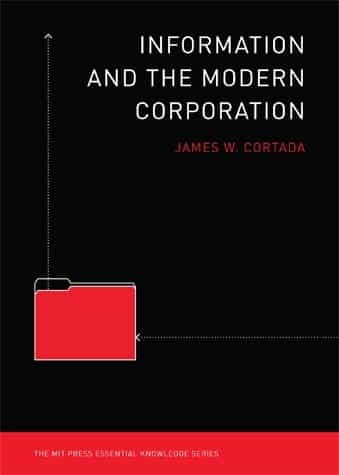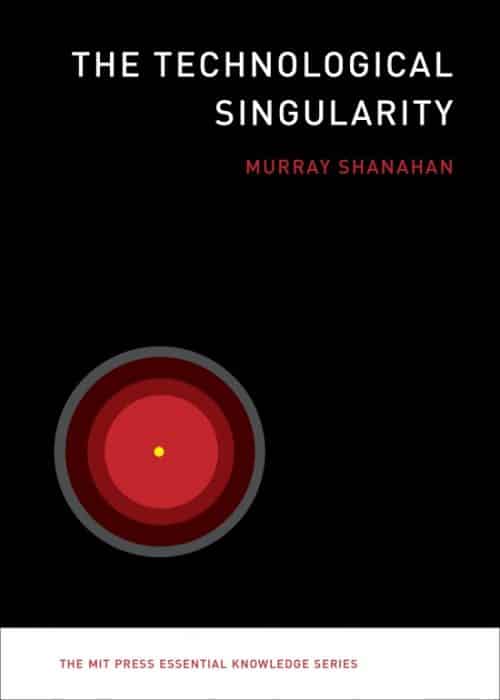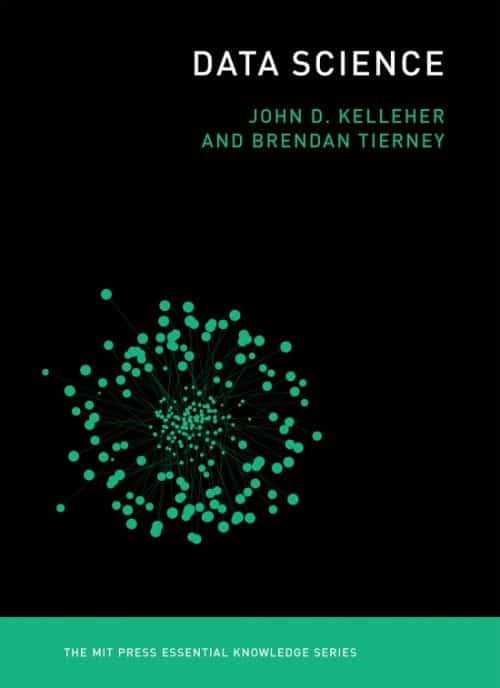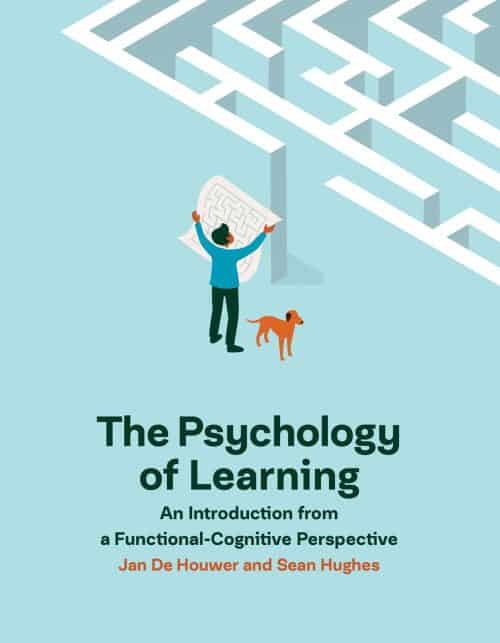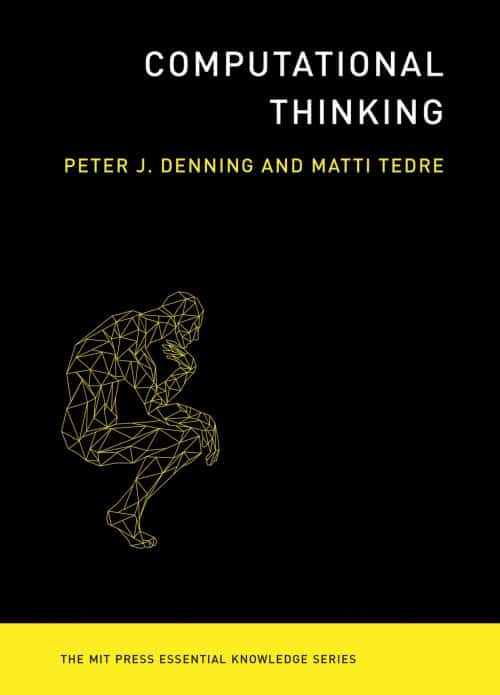The ability to think critically is frequently regarded as crucial for success in the workplace and education in the twenty-first century. It may even be argued that critical thinking is essential to the survival of a democratic society, given our predisposition to believe false information, draw erroneous conclusions, and make decisions based on feelings rather than logic. But what does critical thinking actually entail? Jonathan Haber describes how the idea of critical thinking came to be, how it has been defined, and how critical thinking abilities may be taught and evaluated in this volume of the MIT Press Essential Knowledge series.
According to Haber, the phrase has its roots in the fields of science, psychology, and philosophy. Along with such crucial intellectual qualities as intellectual humility, empathy, and open-mindedness, he addresses the elements of critical thinking, such as organized thinking, language skills, background knowledge, and information literacy. He talks about how critical thinking has been defined by research, how it has been taught in many forms for centuries, and how teachers might currently impart critical thinking abilities.
According to Haber, the biggest problem with critical thinking today is that not enough people are engaging in it. Thankfully, critical thinking can be learned, developed, and assessed. This book includes recommendations for educational leaders and policymakers on making teaching and learning critical thinking an educational priority and a practical reality. It also gives guidance for teachers, students, and aspirant critical thinkers everywhere.


